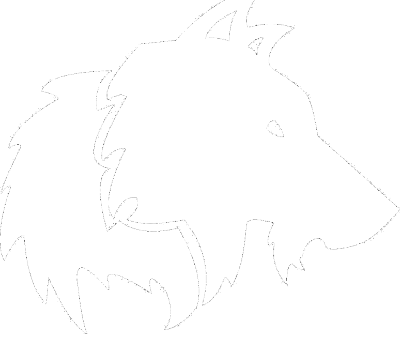@mahaliaclj
Profil
Registered: pred 2 years, 8 months
Linear Actuators: what they are and how to choose them
A linear actuator is a self-supporting structural system capable of reworking a circular motion generated by a motor right into a linear motion alongside an axis. Helping to produce movements such as the pushing, pulling, elevating, decreasing or inclination of a load.
The most typical use of actuators involves combining them with multi-axis Cartesian robot systems or utilizing them as integral parts of machines.
The principle sectors:
industrial automation
servos and pick-and-place systems in production processes
meeting
packaging and palletisation
Certainly, just think of applications akin to airplane, laser or plasma reducing machines, the loading and unloading of machined items, feeding machining centres in a production line, or moving an industrial anthropomorphic robot alongside an additional external axis with a view to expand its range of action.
All of these applications use one or more linear actuators. In line with the type of application and the efficiency that it must assure when it comes to precision, load capacity and speed, there are various types of actuators to choose from, and it is typically the type of motion transmission that makes the difference.
There are three essential types of motion transmission:
belt
rack and pinion
screw
How can you ensure that you choose the correct actuator? What variables does an industrial designer tackling a new application need to take into consideration?
As is often the case when talking about linear motion solutions, the important thing is to consider the issue from the proper viewpoint – namely the application and, above all, the results and performance you are expecting. As such, it is value starting by considering the dynamics, stroke size and precision required.
Let’s look at these in detail.
High Dynamics
In lots of areas of industrial design, comparable to packaging, for instance, the calls for made of the designer very often should do with pace and reducing cycle times.
It's no surprise, then, that high dynamics are commonly the starting point when defining a solution.
Belt drives are sometimes the best solution when it comes to high dynamics, considering that:
they permit for accelerations of up to 50 m/s2 and speeds of up to 5 m/s on strokes of so long as 10-12m
an X-Y-Z portal with belt-driven axes is typically capable of dealing with loads starting from extraordinarily small to approximately 200kg
in keeping with the type of lubrication, these systems can provide significantly lengthy maintenance intervals, thus guaranteeing continuity of production.
Wherever high dynamics are required on strokes longer than 10-12m, actuators with rack and pinion drives are usually a wonderful solution, as they allow for accelerations of up to 10 m/s2 and speeds of as much as 3.5 m/s on doubtlessly infinite strokes.
The selection of a distinct type of actuator would not guarantee the identical results: a screw system, which is undoubtedly much more precise, would certainly be too gradual and wouldn't be able to handle such long strokes.
Lengthy Strokes
Systems created by assembling actuators within the typical X-Y-Z configurations of Cartesian robotics usually, in applications comparable to pick-and-place and feeding machining centres along production lines, have very lengthy strokes, which can even attain dozens of metres in length.
Plus, in lots of cases, these lengthy strokes – which often contain the Y axis – are tasked with dealing with considerably heavy loads, typically hundreds of kilos, as well as numerous vertical Z axes which operate independently.
In these types of applications, the best choice for the Y axis is certainly an actuator with a rack and pinion drive, considering that:
thanks to the rigidity of the rack and pinion system, they're capable of operating along doubtlessly unlimited strokes, all whilst maintaining their rigidity, precision and effectivity
actuators with induction-hardened metal racks with inclined tooth which slide along recirculating ball bearing rails or prismatic rails with bearings are capable of handling loads of over a thousandkg
the option of installing multiple carriages, each with its own motor, allows for quite a few unbiased vertical Z axes.
A belt system is right for strokes of up to 10-12m, whilst ball screw actuators are limited – within the case of lengthy strokes – by their critical speed.
Positioning Repeatability
If, on the other hand, the designer is seeking most precision – like in applications such because the meeting of microcomponents or certain types of dealing with in the medical field, for example – then there is only one clear choice: linear axes with ball screw drives.
Screw-pushed linear actuators offer the very best efficiency from this viewpoint, with a degree of positioning repeatability as high as ±5 μ. This efficiency cannot be matched by either belt-driven or screw-pushed actuators, which both reach a most degree of positioning repeatability of ±0.05 mm.
Website: https://www.firgelliauto.com/collections/linear-actuators
Diskusné Fóra
Počet vytvorených tém: 0
Počet reakcií: 0
Rola: Účastník (Participant)

